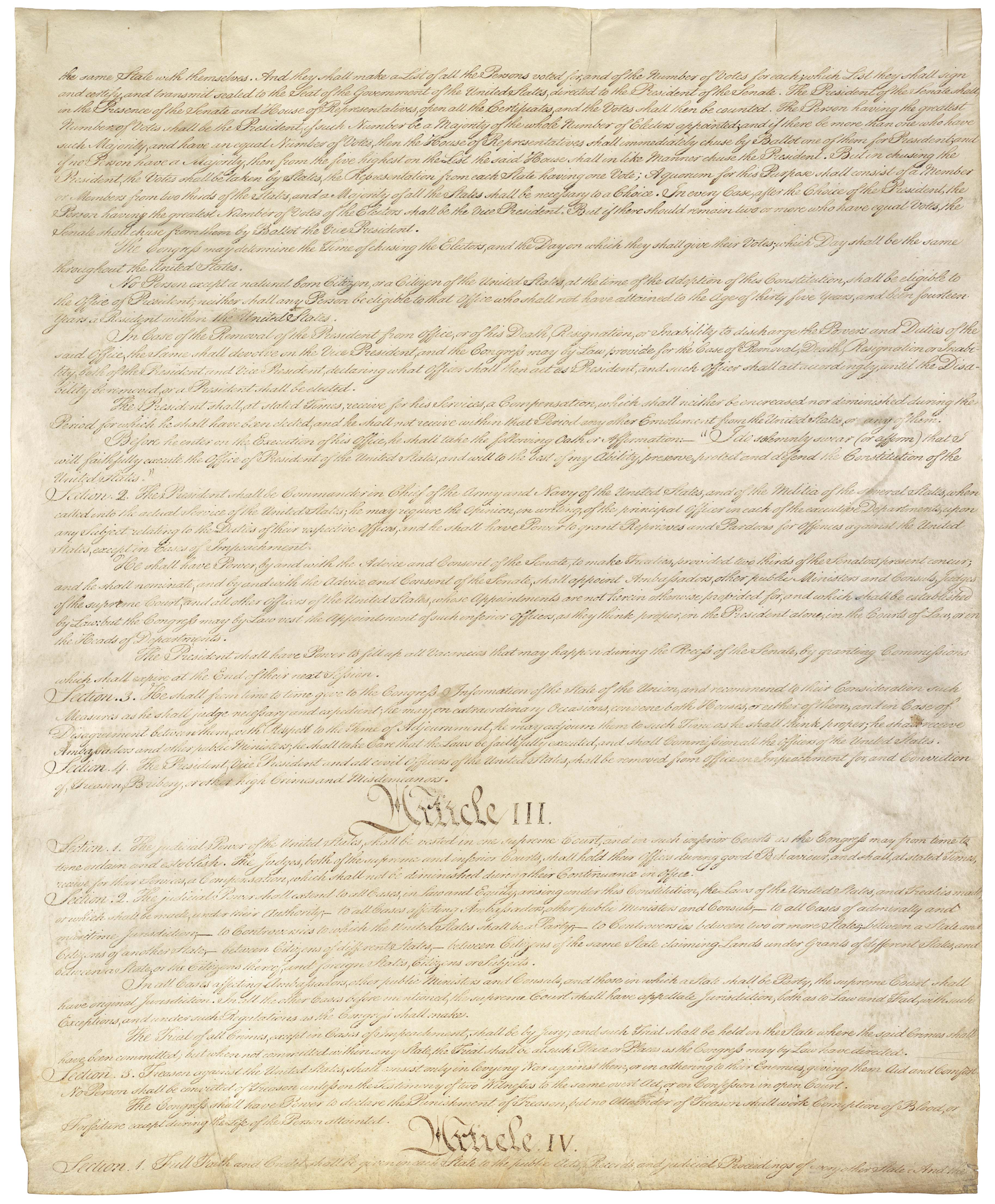


The preamble’s other important phrase is “ a constitution similar in principle to that of the United Kingdom.” The Constitution of the United Kingdom operates more on tradition and custom than clear, explicit rules, and this was also intended to be the case with Canada. It’s from this perspective that the bulk of the Constitution Act is written, which explains why the majority of the document focuses on clarifying the different powers of the federal and provincial governments, rather than the style of those governments themselves. 1926) signing the new, patriated BNA Act - now renamed the Constitution Act - on Canadian soil remains one of the most iconic images of modern Canadian history.īack in 1867 the authors of the Constitution Act did not really think of themselves as creating a new country, but rather outlining the terms of union between four existing British colonies. The subsequent sight of Trudeau and Queen Elizabeth II (b. With the support of British Prime Minister Margaret Thatcher (1925-2013), this goal was achieved in 1982 with her government’s passage of the Canada Act, which stripped Britain of all remaining lawmaking powers over Canada. In the early 1980s, the government of Prime Minister Pierre Elliott Trudeau (1919-2000) made it a priority to “bring home,” or patriate, the BNA Act, and turn it into a wholly Canadian law that could only be modified by the government of Canada. From time to time, the Canadian prime minister would ask the British government for changes and they’d usually be made, but as Canada aged and became a more independent, powerful, and self-confident nation this state of affairs became increasingly awkward and embarrassing. Since the British North America Act was a British law, it could only be modified by the British parliament when British politicians felt like it. The British law that outlined the terms and structure of this union was known as the British North America Act, and it provided Canada with a workable political system for nearly 120 years. Modern Canada was founded in 1867 when four British colonies in North America decided to unite and form a single, self-governing confederation under the British Crown. Treaties with the aboriginal peoples of Canada also have the force of constitutional law. Then there is everything else, which is to say various other lesser-known pieces of legislation that regulate things deemed to be “constitutional” matters - that is, laws that affect the fundamental institutions of the Canadian government - such as laws that regulate the Governor General, the Supreme Court of Canada, and the provincial parliaments. The 1982 Act also describes the process for changing ( amending) constitutional laws. The second key piece is the Constitution Act of 1982, which is dominated by a long section called the Canadian Charter of Rights and Freedoms, which outlines the civil rights of each Canadian citizen. It outlines Canada’s system of government, including the structure of Parliament, the way elections work, the role of the monarchy, the powers of the executive branch, and the division of powers between the federal government and the provinces.


The most important of these is the Constitution Act of 1867, also known as the British North America Act. When we talk about the Constitution of Canada, we’re not talking about a single document, but rather a bunch of different ones that collectively make up the highest levels of Canadian law.


 0 kommentar(er)
0 kommentar(er)
